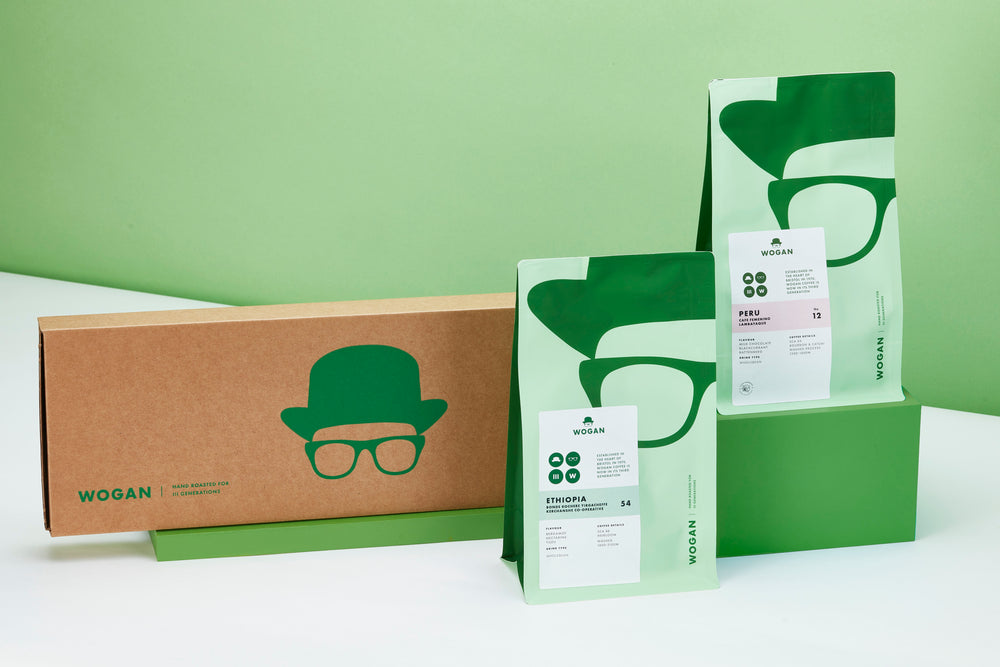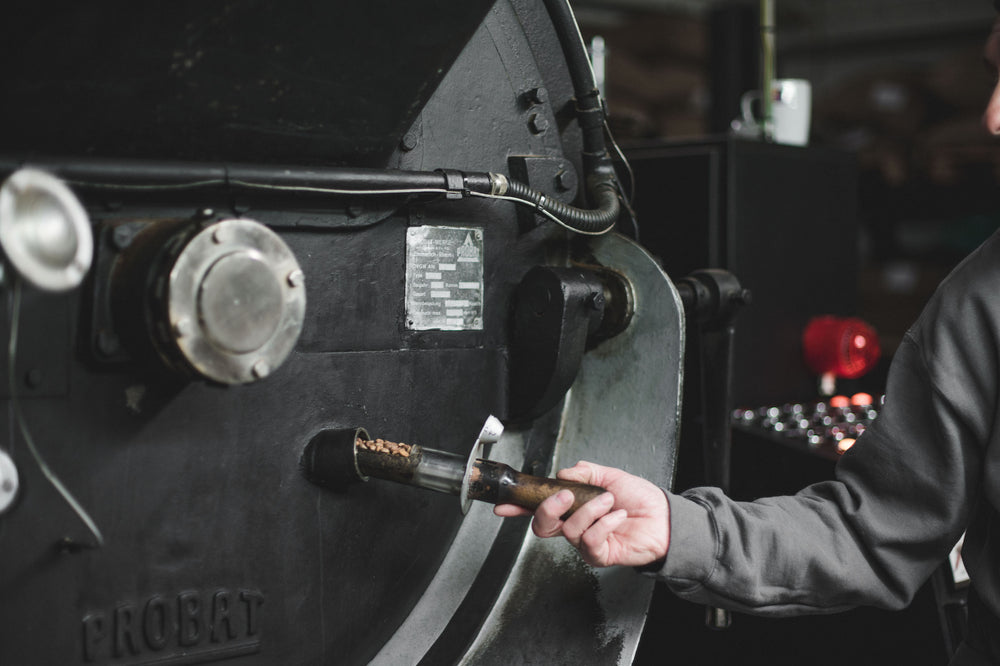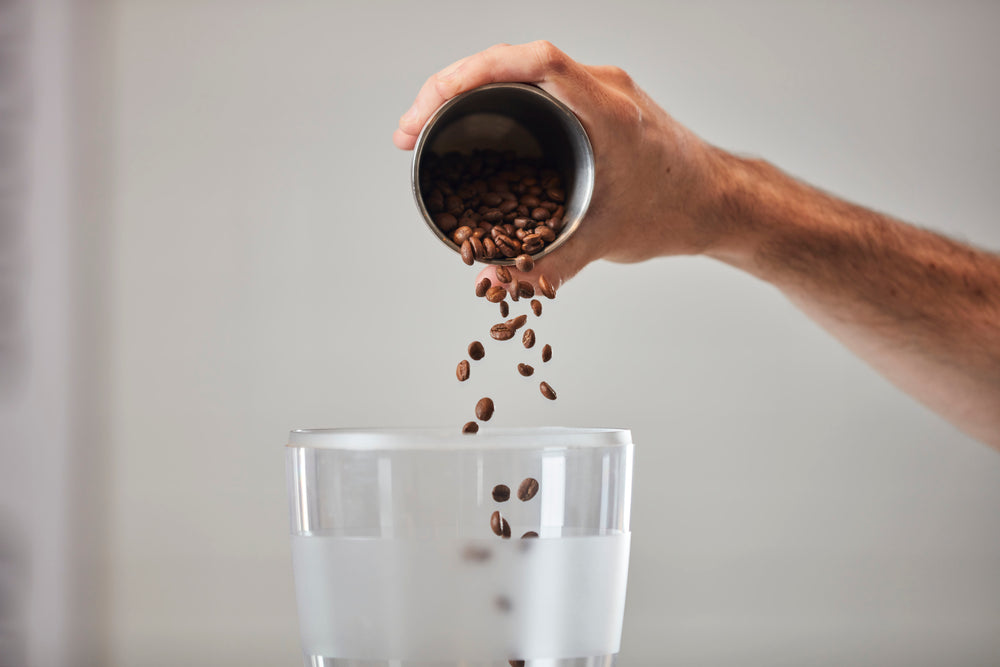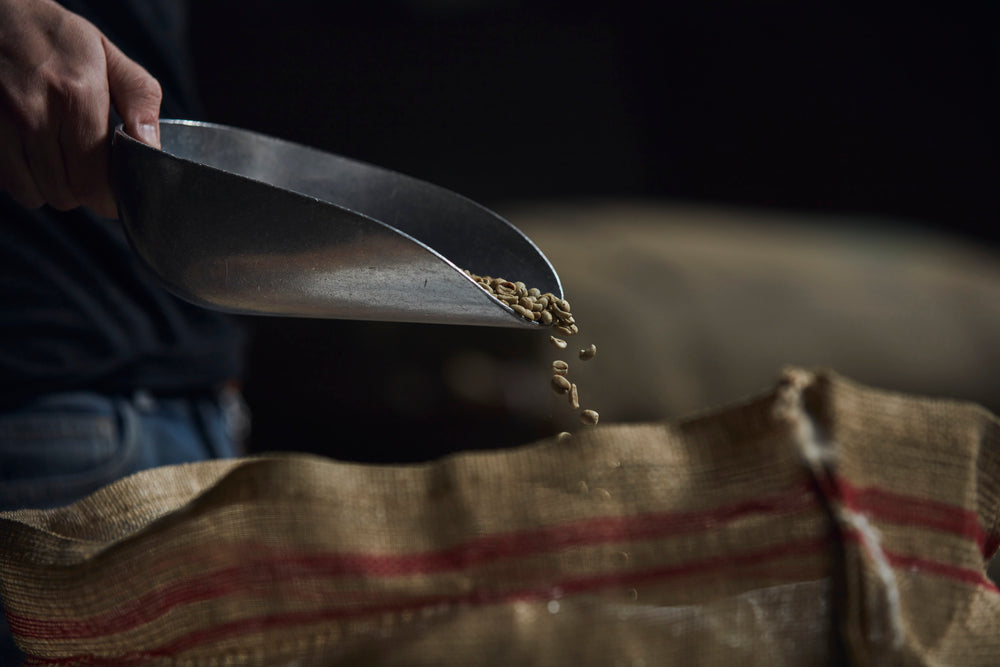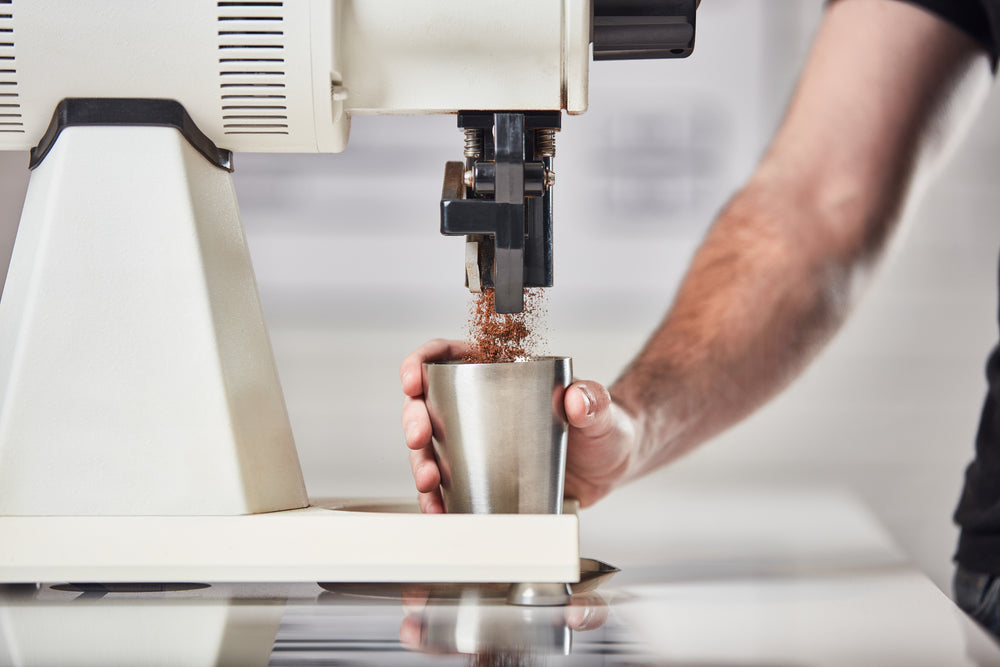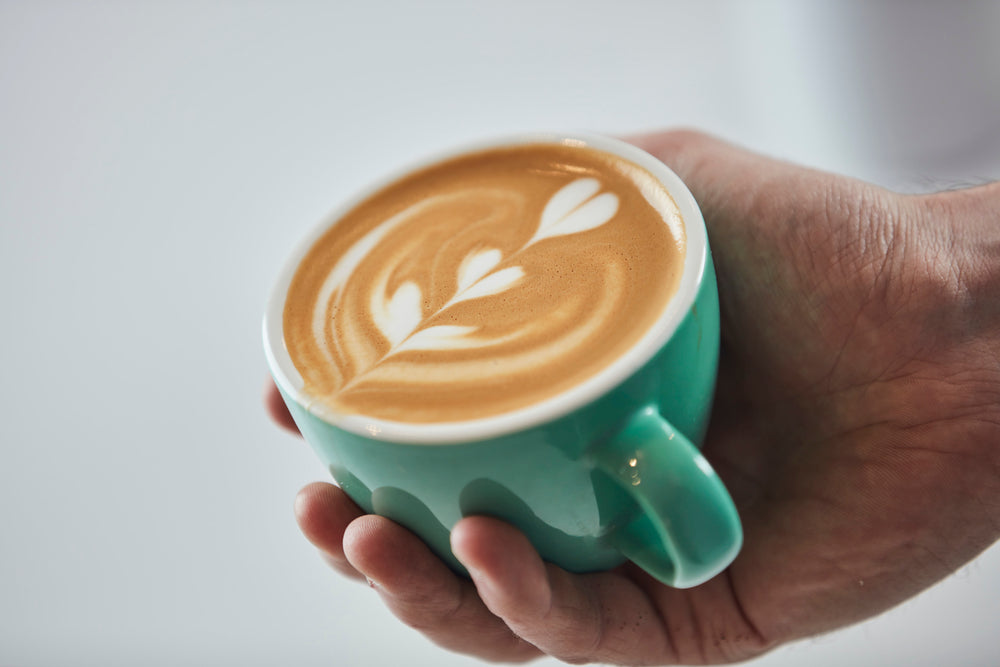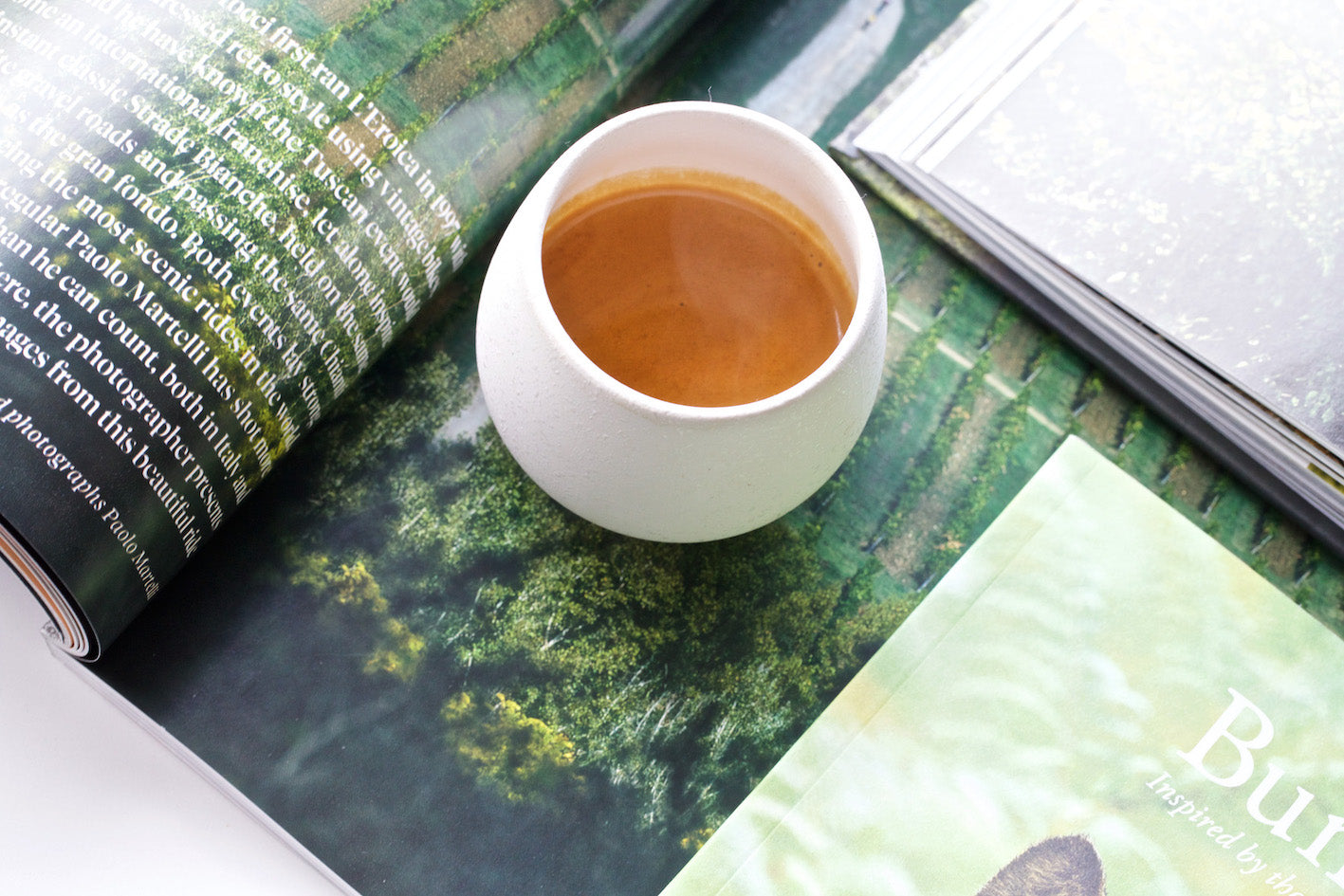Single Origin Coffee, 3 buzz words that have dominated the coffee industry for the last 15+ years. But what does it ACTUALLY mean and how does it affect your coffee buying?
Whilst there are pros and cons to both blending and single origin coffees, specialty blending is a rabbit hole deeper than the one Alice fell into, so in this blog, any mention of blends will refer to pre-3rd wave blends.
Throughout the history of coffee, especially in the colonial western market, coffee roasters have been trying to produce coffee as cheaply as possible, to make as high a profit as possible. The main way that they would do this is by blending different coffees from different places together, with the idea that they could get away with having a cheap coffee as a base, and then some accents of more expensive coffee to attempt to give it character.
When roasting coffee to a fully developed profile, all the acidity is roasted out and sugars are simply further caramelised. From a business sense, this would have worked well enough as there is less difference in flavour between coffees that are fully developed. The 'skill' of the roaster was controlling the roast and caramelisation of the sugars without burning them.
Fast forward about 250 years, and we are getting into a more modern age of coffee drinking, where people started to experiment with roasting coffee lighter. This reduction in roasting time opened a whole world of flavours and complexities that had not yet been explored in the European coffee market.
Roasting to a completely different type of profile highlighted one of the most important aspects of 3rd Wave Specialty coffee and beyond. Medium to light roast coffees have various acid profiles present from the roasting process, which make them taste different!
Once people discovered the complexities within the acid profiles of coffee, they began to try and tailor the blends to create interesting and exciting flavours previously untapped in western coffee. It is natural to assume that if you have a coffee with a strong orange-y quality and a coffee that has strawberry quality, putting them together would produce a coffee that tastes of orange AND strawberry. That, however, isn’t always the case.
When you blend coffees that have different roast developments, rather than building flavours on each other, they can potentially end up detracting from each other and becoming more generic. This is because the coffees all have different solubilities, and so some of the coffee in your brew may be over extracted, some could be under extracted.
In modern Specialty Coffee, we want to highlight the best of every coffee we serve. And now we arrive to the coining of the term “single origin coffee”. It is impossible to not sound patronising, so I apologise in advance. At is most basic, it literally means coffee that has come from one place. Within the coffee industry, this term can be used liberally in hugely variable ways. It can range from coffee’s coming from a single country, to one specific region, to one specific Co-Operative, and down to one specific farm (it can go further into coffee genetics, but this is deep enough for now!) Choosing to sell coffee that has been grown in one place gives you many benefits that translate to a tasty and distinct cup of coffee.
Firstly, single origin coffees are generally grown at a similar altitude for the entire crop. This uniformity in altitude means that the cherries will ripen in a relatively uniform timescale. Being able to have a crop that is beautifully ripe around the same time means we will have a more consistent level of sugars and acids present. This means that when we roast the coffee, the beans will react in a similar way to each other, giving you a true representation of the flavours and aromas that are present within that coffee. It is much easier to hide a poorly grown coffee in a blend, than it is to drink it on its own.
Secondly, when buying a blend of coffee, you are buying a specific ratio of different coffees in a bag. However, when you grind that coffee up to use in your drink, there is more chance that beans going through the grinder are not that specific ratio. Your 50% Brazil, 50% Colombian blend when being used could be 80% Brazil and 20% Colombian, and the next cup 40% Brazil and 60% Colombian. This could result in every cup you drink tasting slightly different; whilst when using a single origin coffee, there is less chance for variance between the drinks you make, meaning that you can enjoy the same flavour all the way through your bag.
To sum up, single origin coffees are the only way to get a true representation of what all the different types of coffee’s, altitudes and processing methods empirically taste like. Being able to identify where your coffee has come from and who grew it, will hopefully laterally help you build an internal map of where in the world, what type of processing, and roast development of coffee you enjoy. Armed with your Atlas means that you are taking much less risk in buying a coffee, without worrying that you won’t enjoy the flavours!
The final point to consider is what are YOU drinking coffee for? If you are looking for body and sweetness, and if specific and varied flavour profiles are less important to your experience, then blends are a great option to go for when buying coffee. The classic taste of coffee we all know and love is very much prevalent in blends as well as more developed single origins; but if you are looking for specificity and to explore the differences in flavours that coffee can have, then you may want to steer towards the single origin market as your port of call.
